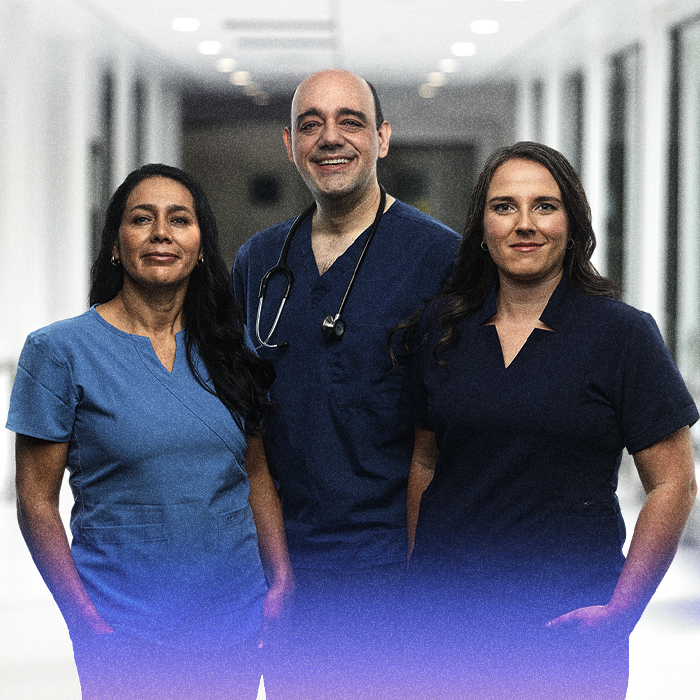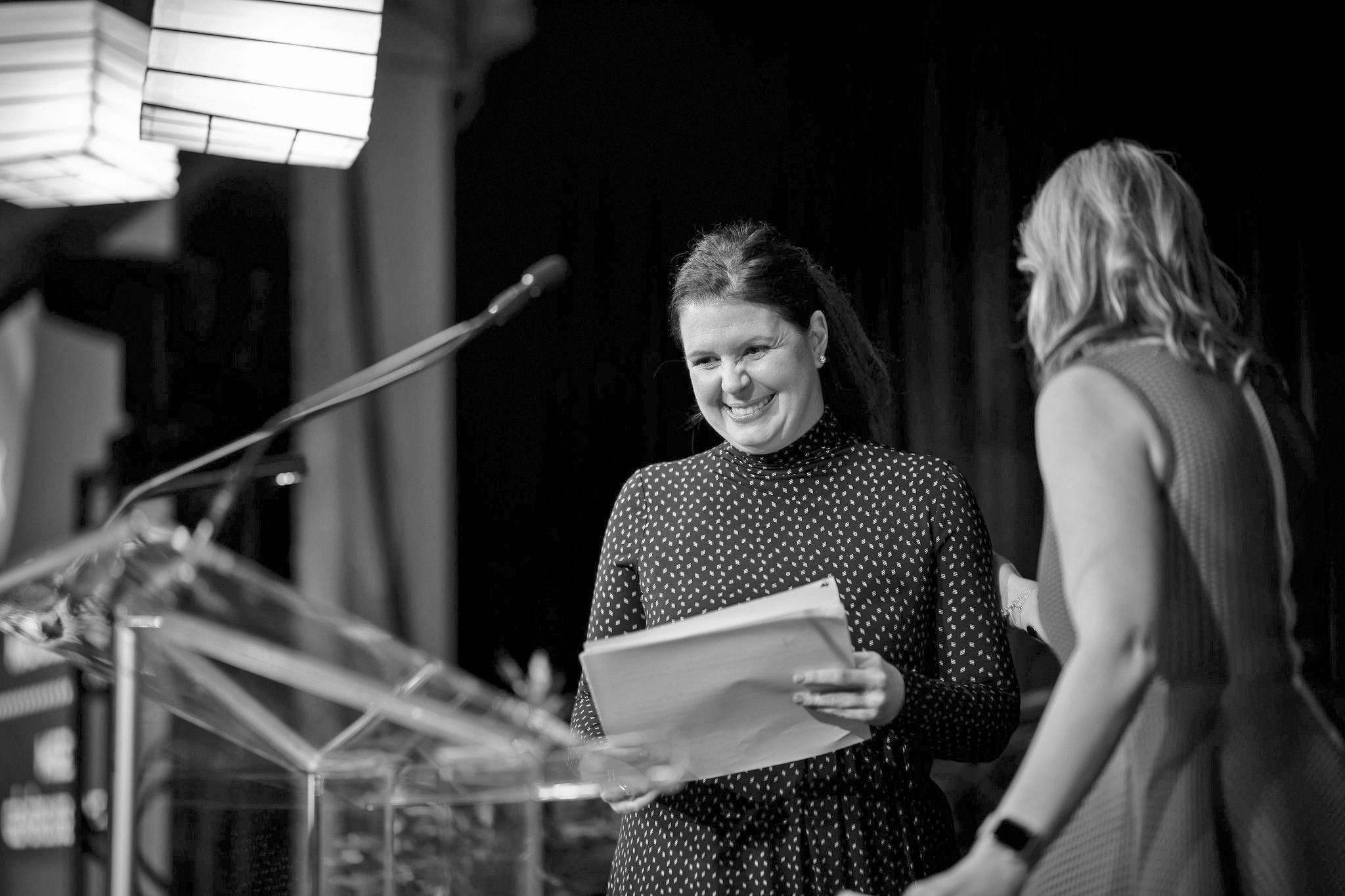Ophthalmology: A Revolution at HMR
14 September 2020

Dr. May Griffith, a researcher at the research Center at the HMR and a professor at the Universite de Montreal.
Dr. May Griffith and her team have developed a revolutionary treatment to cure corneal perforations without transplantation. Find out more about this medical advance developed at the Research Centre of Hôpital Maisonneuve-Rosemont (HMR).
Cornea and Perforations
The cornea acts like a window to let light into the eye. Like a window, the cornea needs to be clear and transparent for light to get in and to ensure optimal vision. Should this transparency be damaged by an injury, a disease, the aging process or any other problem, it can result In severe ocular conditions and cornea blindness.
Among the ailments that the cornea can suffer are perforations. These are not common, but they do occur. As of today, there is only one main treatment for this condition: To seal the cornea with medical grade super glue. This may save the eye, but the glue itself is toxic and will affect the eyesight of the patient, who will end up needing a new cornea.
It is to facilitate the treatment of corneal perforations and remove the serious side effects that Dr. May Griffith’s team investigated alternative methods.
An efficient, Accessible and Revolutionary Solution: LiQD Cornea
Dr. Griffith’s treatment revolutionizes ophthalmology by making it possible to treat perforations without resorting to transplantation, which is fraught with risk. To that effect, her team developed a liquid hydrogel to be used in place of the toxic glue: LiQD Cornea. Once applied to the eye, the fluid attaches itself to the eye tissues, regenerating them and healing the eye.

The full potential of LiQD Cornea lies in the fact that it can cure the cornea while avoiding transplantation!
LiQD Cornea uses the regenerative power of stem cells to effect the reconstruction of the organ, greatly reducing recovery time for patients as well as the chance of it being rejected as a foreign body.
The Next Steps
There are still many steps ahead before this treatment can become widely available. The method has already shown proof of concept in the laboratory, but the clinical trials will be crucial. Dr. Griffith hopes to be on track for clinical trials as early as 2021.
The Essential Role of Donors in This Revolution
The fact that such ground-breaking research could not be carried out without the tremendous generosity of donors cannot be overstated. Together with the Caroline Durand Chair in Cellular Therapy for Eye Diseases, which Dr. Griffith holds, your donations allow HMR to harness the full potential of stem cell therapy
Continue to support your Hospital and contribute to the development of revolutionary treatments that bring hope to patients with diseases deemed incurable today. Thank you for giving. Thank you for being a source of healing.









